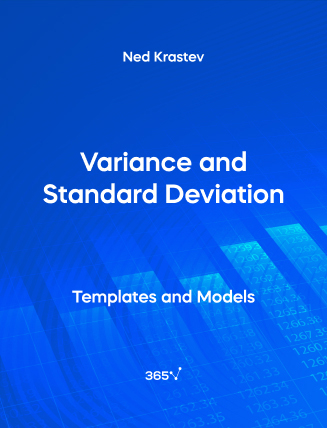The concept of variance partially resembles the mean absolute deviation. However, instead of taking absolute values, we elevate it to the second degree. Population variance denoted by sigma squared is equal to the sum of squared differences between the observed values and the population mean, divided by the total number of observations.
Standard deviation is given by the square root of variance. Closer the number to the mean, the lower the obtained result; and the further the number lies from the mean, the larger the difference. This gives us an idea about a dataset’s variability. Calculating standard deviation provides information about the average volatility we can expect in a positive or a negative direction from the mean.
This open-access Excel template is a useful tool for statisticians, data analysts, data scientists, asset manager, and anyone studying finance. If you are looking to gain insights into essential statistics concepts and how they are applied in practical scenarios, you can subscribe to our Statistics course.
You can also download other relevant open-access resources, such as Measures of Central Tendency, Range and Mean Absolute Deviation.

